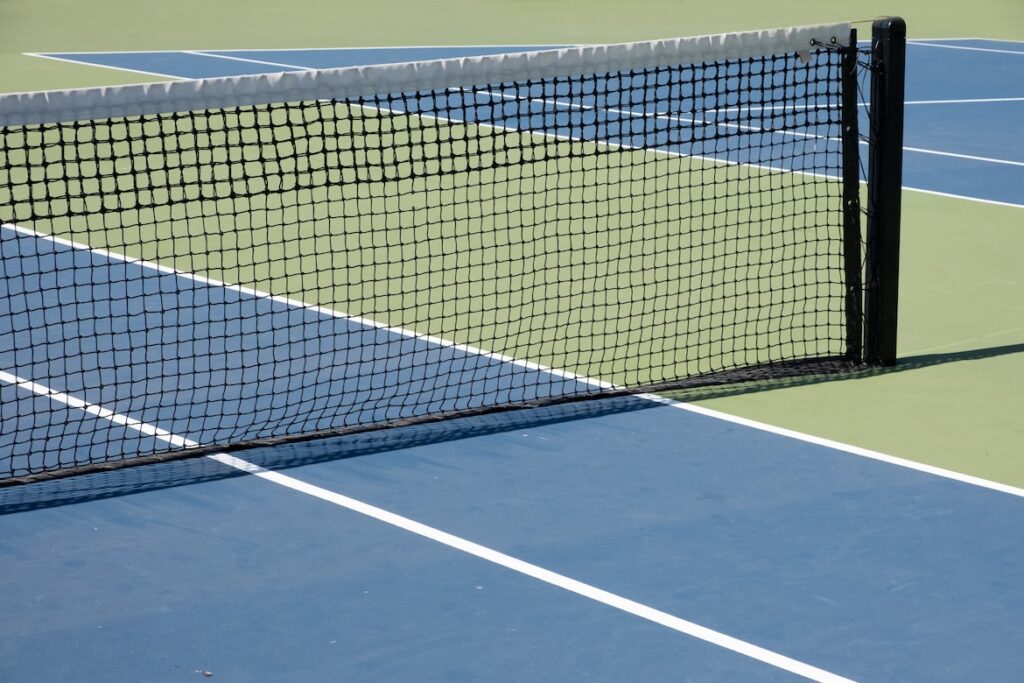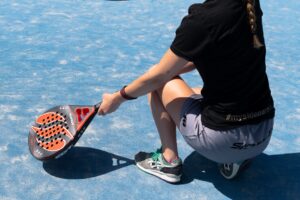The Science behind the Basic Paddle Strokes in Padel
3 min read
The Science behind the Basic Paddle Strokes in Padel
If you’re new to the world of padel, one of the first things you’ll want to master are the basic paddle strokes. These foundational movements are fundamental to your success on the court. But have you ever wondered about the science behind these techniques? In this article, we’ll delve into the physics and biomechanics that make the basic paddle strokes so effective in the game of padel.
The Forehand Stroke
Let’s start with the most common stroke in padel – the forehand. With a solid understanding of the science behind this stroke, you’ll be able to execute it with precision and power.
The forehand stroke involves using the dominant arm to strike the ball across your body towards the opponent’s side of the court. The key to a powerful forehand lies in the rotation of your body and the transfer of energy from your legs to your arm.
When preparing for a forehand shot, your body channels energy through a coiled stance. As you uncoil, your legs drive the force upward through your core and into the arm that strikes the ball. This transfer of energy, known as the kinetic chain, allows you to generate significant power.
Additionally, the grip plays an essential role in executing a successful forehand stroke. Holding the paddle firmly but not too tightly allows for greater control and maneuverability. The position of your non-dominant hand on the grip serves to stabilize the paddle and assist in generating more power.
The Backhand Stroke
While the backhand stroke may appear more challenging, understanding the science behind it can help you improve your technique and confidence on the court.
The backhand stroke involves hitting the ball on the non-dominant side of your body. To execute this stroke effectively, you must focus on your body’s positioning and the path of your paddle.
One crucial aspect of a powerful backhand stroke is your stance. Positioning yourself sideways to the net allows for a better reach and facilitates the rotation of your body for maximum power. As you swing your paddle, remember to bring it across your body in a smooth and controlled arc. This motion enables better control and accuracy.
Another factor to consider is your grip. Unlike the forehand stroke, the backhand grip requires a slight adjustment. By using a semi-western grip, you’ll be able to generate more topspin on the ball, providing better control and stability during the shot.
The Volley Stroke
Lastly, the volley stroke is essential for maintaining control during fast-paced rallies and close exchanges at the net. Mastering the science behind this quick reflex shot is crucial for both offense and defense.
The volley stroke involves hitting the ball before it bounces, making it a challenging skill to master. However, the physics behind the volley can make it easier to understand and execute correctly.
To begin, it’s crucial to maintain a relaxed and ready position. By staying on the balls of your feet, you can move swiftly and adjust your paddle’s angle to meet the incoming ball. As the ball approaches, focus on using your wrist to guide the paddle and redirect the ball with precision.
The volley stroke relies heavily on your hand-eye coordination and reaction time. By anticipating the trajectory of the ball and making small adjustments with your wrist, you’ll be able to execute this stroke with accuracy and finesse.
In Conclusion
The basic paddle strokes in padel are more than just swings and movements – they are a symphony of physics and biomechanics. By understanding the science behind these strokes, you can refine your technique and take your game to the next level. So, the next time you step onto the padel court, remember to channel the power of the kinetic chain, focus on your stance and grip, and rely on your hand-eye coordination. With practice and a solid understanding of the science behind the strokes, you’ll be making winning shots in no time.






